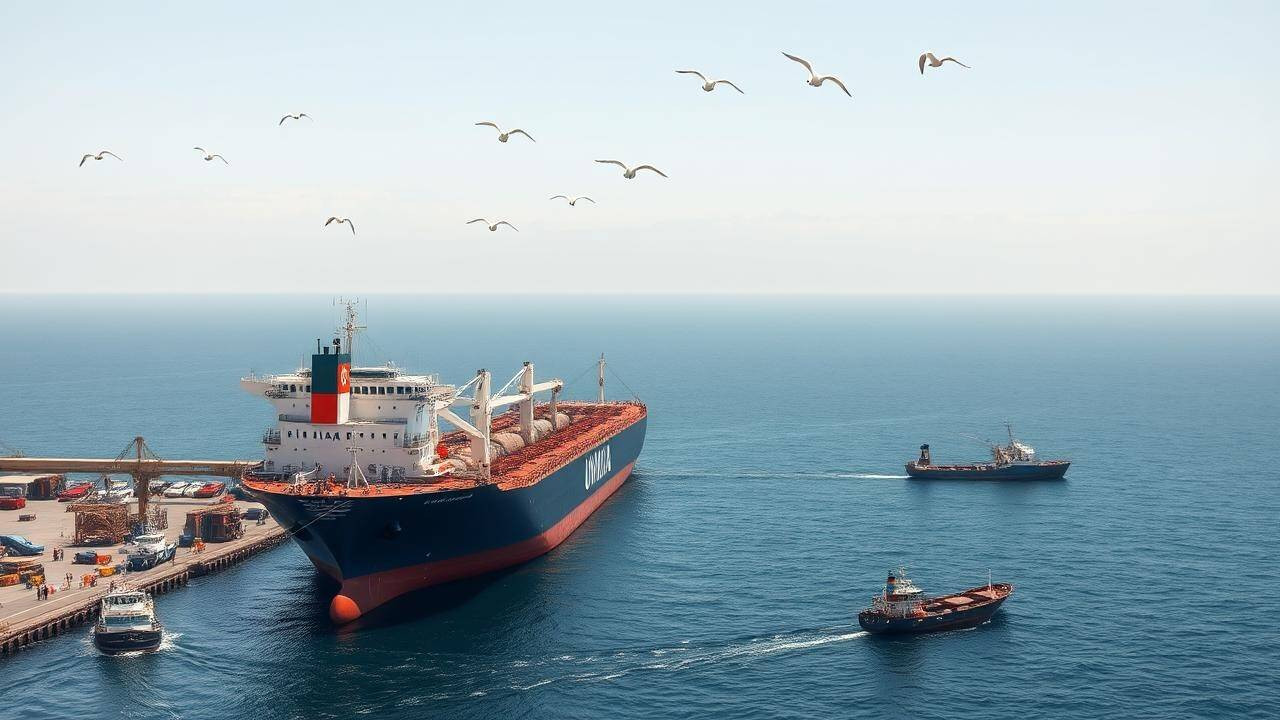Russia’s dominance in India’s oil imports has reshaped trading dynamics, impacting smaller suppliers while Iraq, Saudi Arabia, and the UAE maintain significant positions. Despite pressure to reduce Russian imports, India continues the supply, with Russia now being the top supplier. This shift has marginalized suppliers from America and Africa, creating potential for their resurgence amid ongoing geopolitical pressures.
India’s Oil Import Landscape: A New World Order?
The global energy chessboard is in constant flux, and nowhere is this more evident than in India’s evolving oil import patterns. For decades, the Middle East was the undisputed king, the go-to region for satisfying India’s insatiable thirst for crude oil. But recent shifts, catalyzed by geopolitical events and shrewd strategic maneuvering, have redrawn the map, creating a fascinating new reality. What was once a predictable reliance has become a dynamic dance between old allies and new players.
Russia’s emergence as a major oil supplier to India is perhaps the most striking development. Before the conflict in Ukraine, Russia was a bit player, a fringe supplier. Today? It’s a top contender, challenging the long-held dominance of the Middle East. Sanctions and price caps imposed by Western nations inadvertently opened a window of opportunity for India, allowing it to access heavily discounted Russian crude. It’s a testament to India’s pragmatic approach to energy security, prioritizing affordability and availability in a volatile global market.

The Middle East’s Enduring Presence
Despite Russia’s ascendance, the Middle East remains a vital partner. Countries like Saudi Arabia and Iraq continue to be significant oil suppliers, offering a stable and reliable source of crude. They possess the infrastructure and established trade relationships that have been cultivated over decades. Think of them as the steady anchors in a sea of change. The Middle East’s continued relevance highlights the complexity of India’s energy strategy: it’s not about replacing old partners entirely, but about diversifying and securing the best possible deals.
Smaller Suppliers Feeling the Pinch
The rise of Russia has undoubtedly squeezed smaller oil suppliers. Nations that once enjoyed a comfortable niche in the Indian market are now facing increased competition. The competitive pricing of Russian crude has made it harder for them to maintain their market share. This underscores the relentless nature of the global oil trade, where adaptability and cost-effectiveness are paramount. This situation calls for these smaller players to rethink their strategies, perhaps focusing on niche markets or exploring alternative pricing models.
The India-Russia Oil Story: A Win-Win?
The burgeoning India-Russia oil relationship is a subject of intense debate. Critics point to the ethical implications of supporting Russia’s economy amidst the ongoing conflict in Ukraine. However, proponents argue that India is acting in its own best interests, securing affordable energy for its growing population. It’s a delicate balancing act, navigating the complexities of international politics while prioritizing economic stability. Is this a short-term tactical advantage or a long-term strategic shift? Only time will tell. For a deeper look at India’s economic strategies, explore our article on [India’s evolving trade relationships](internal-link-to-related-article).
Future of Oil Supply to India
Looking ahead, several factors will shape India’s oil supply landscape. The geopolitical climate, global oil prices, and the development of alternative energy sources will all play a role. India’s commitment to renewable energy is growing, but oil will remain a crucial component of its energy mix for years to come. The key will be to strike a balance between securing reliable and affordable supplies, diversifying its energy sources, and mitigating the environmental impact. The future likely holds a more diversified portfolio, with Russia continuing to be a significant player alongside the established Middle Eastern giants, and a renewed focus on domestic energy production and renewable alternatives. This diversification is key to insulating India from future global energy shocks.
India’s journey towards energy security is a fascinating case study in strategic adaptation. The rise of Russia as a major oil supplier has undeniably reshaped the playing field, creating both opportunities and challenges. As India continues to grow and its energy needs evolve, the dynamics of its oil import relationships will undoubtedly continue to shift. It’s a story worth watching closely.







